Trump document requests suggest he's serious about border walls, ramped-up deportations

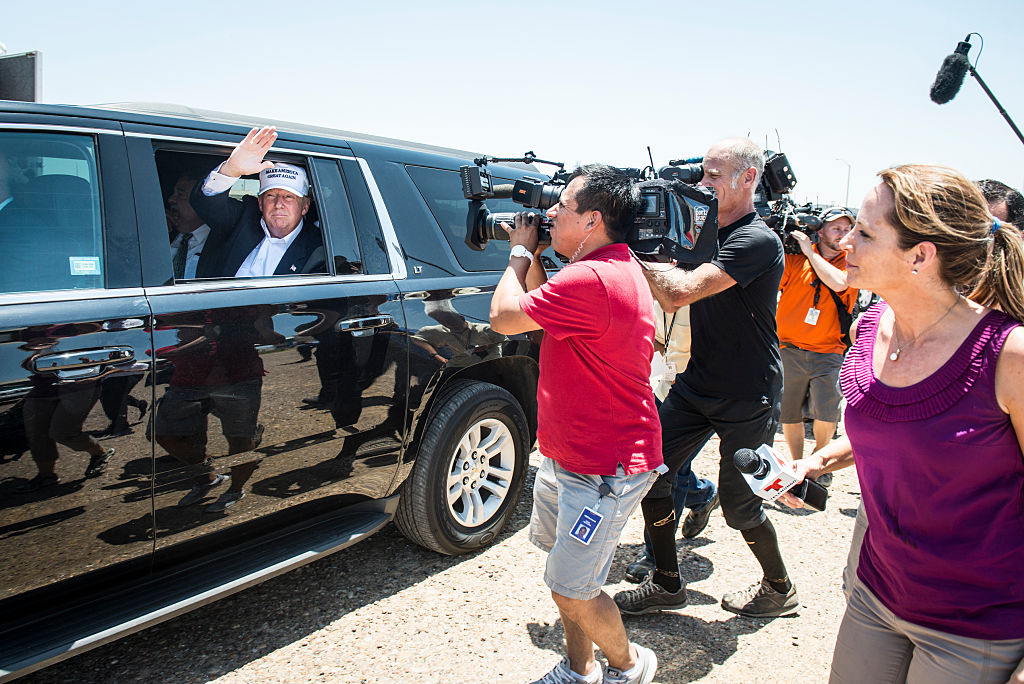
In a Dec. 5 meeting between President-elect Donald Trump's transition team and Department of Homeland Security officials, Trump's representatives requested a broad selection of documents and analysis, including the federal resources available to build border walls, a list of all executive orders President Obama issued regarding immigration, and any changes made to files on foreign-born adults brought to the U.S. illegally as children and granted temporary protections by Obama, Reuters reported Tuesday, citing an internal DHS memo.
A DHS official told Reuters that the department interpreted the request about changes made to migrant records, including for reasons of protecting civil rights or civil liberties, as a signal to federal workers not to tamper with data to protect immigrants, especially those protected by the DADA program, whose applications include addresses and other information that could potentially be used to deport the young immigrants if Trump reversed Obama's policies. The DHS memo also suggested that Trump wants to ramp up a program of aerial surveillance by National Guard pilots that was downsized under Obama but is popular with conservatives.
The DHS also provided the Trump team with cost estimates for building fencing along both America's southern and northern borders, and a Canada wall — which Trump has not pushed for — is considerably cheaper, at $3.3 billion along 452 miles, or $4.1 million per mile. The Mexico border wall, which Trump has promised to build, would cost $11.37 billion for 413 miles of fencing, or $11.2 million per mile, because it would be aimed at keeping out pedestrians, not just vehicles.
The Week
Escape your echo chamber. Get the facts behind the news, plus analysis from multiple perspectives.

Sign up for The Week's Free Newsletters
From our morning news briefing to a weekly Good News Newsletter, get the best of The Week delivered directly to your inbox.
From our morning news briefing to a weekly Good News Newsletter, get the best of The Week delivered directly to your inbox.
A free daily email with the biggest news stories of the day – and the best features from TheWeek.com
Peter has worked as a news and culture writer and editor at The Week since the site's launch in 2008. He covers politics, world affairs, religion and cultural currents. His journalism career began as a copy editor at a financial newswire and has included editorial positions at The New York Times Magazine, Facts on File, and Oregon State University.
-
 7 bars with comforting cocktails and great hospitality
7 bars with comforting cocktails and great hospitalitythe week recommends Winter is a fine time for going out and drinking up
-
 7 recipes that meet you wherever you are during winter
7 recipes that meet you wherever you are during winterthe week recommends Low-key January and decadent holiday eating are all accounted for
-
 Nine best TV shows of the year
Nine best TV shows of the yearThe Week Recommends From Adolescence to Amandaland
-
 Bari Weiss’ ‘60 Minutes’ scandal is about more than one report
Bari Weiss’ ‘60 Minutes’ scandal is about more than one reportIN THE SPOTLIGHT By blocking an approved segment on a controversial prison holding US deportees in El Salvador, the editor-in-chief of CBS News has become the main story
-
 CBS pulls ‘60 Minutes’ report on Trump deportees
CBS pulls ‘60 Minutes’ report on Trump deporteesSpeed Read An investigation into the deportations of Venezuelan migrants to El Salvador’s notorious prison was scrapped
-
 Trump administration posts sliver of Epstein files
Trump administration posts sliver of Epstein filesSpeed Read Many of the Justice Department documents were heavily redacted, though new photos of both Donald Trump and Bill Clinton emerged
-
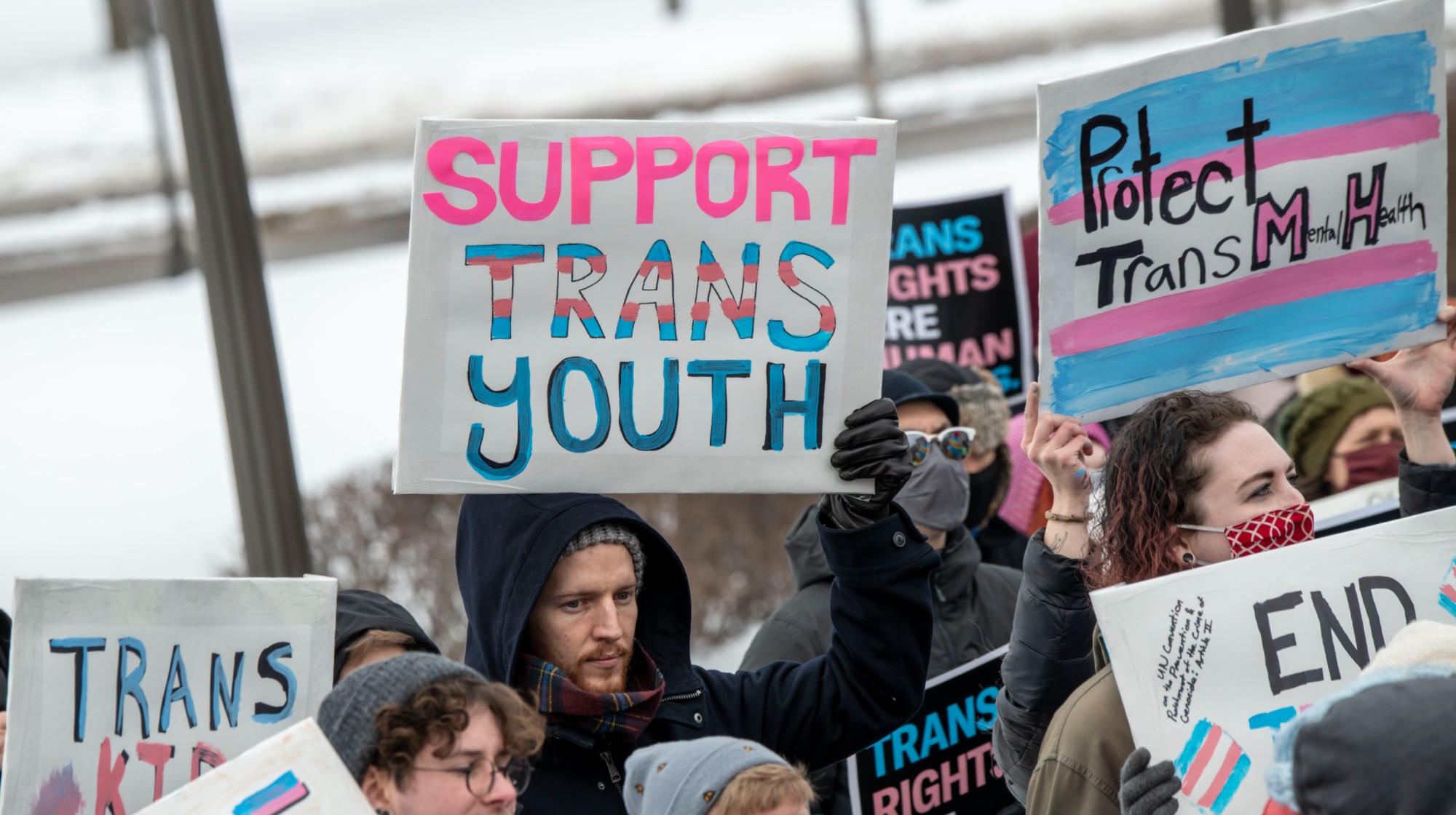 Trump HHS moves to end care for trans youth
Trump HHS moves to end care for trans youthSpeed Read The administration is making sweeping proposals that would eliminate gender-affirming care for Americans under age 18
-
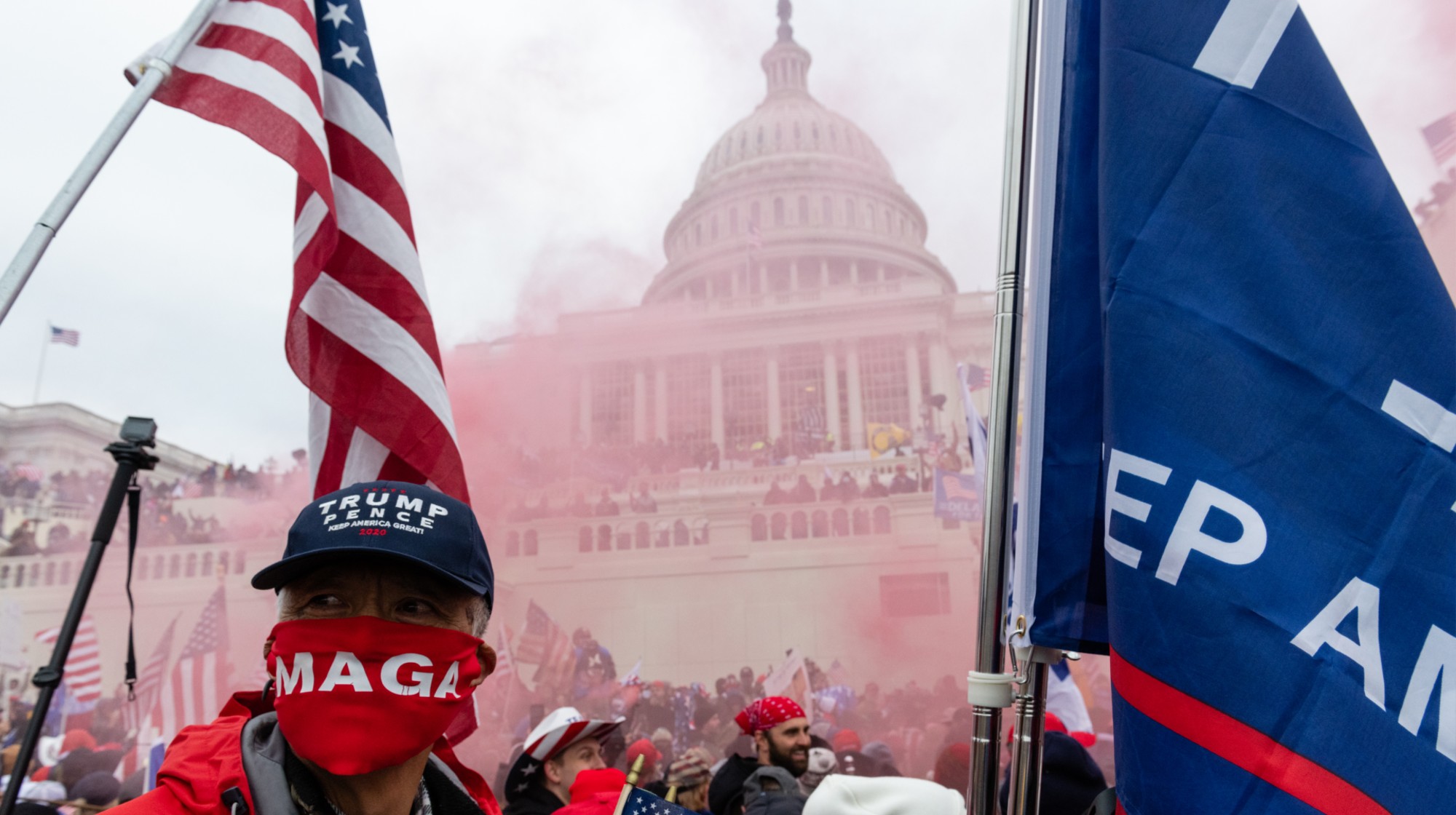 Jack Smith tells House of ‘proof’ of Trump’s crimes
Jack Smith tells House of ‘proof’ of Trump’s crimesSpeed Read President Donald Trump ‘engaged in a criminal scheme to overturn the results of the 2020 presidential election,’ hoarded classified documents and ‘repeatedly tried to obstruct justice’
-
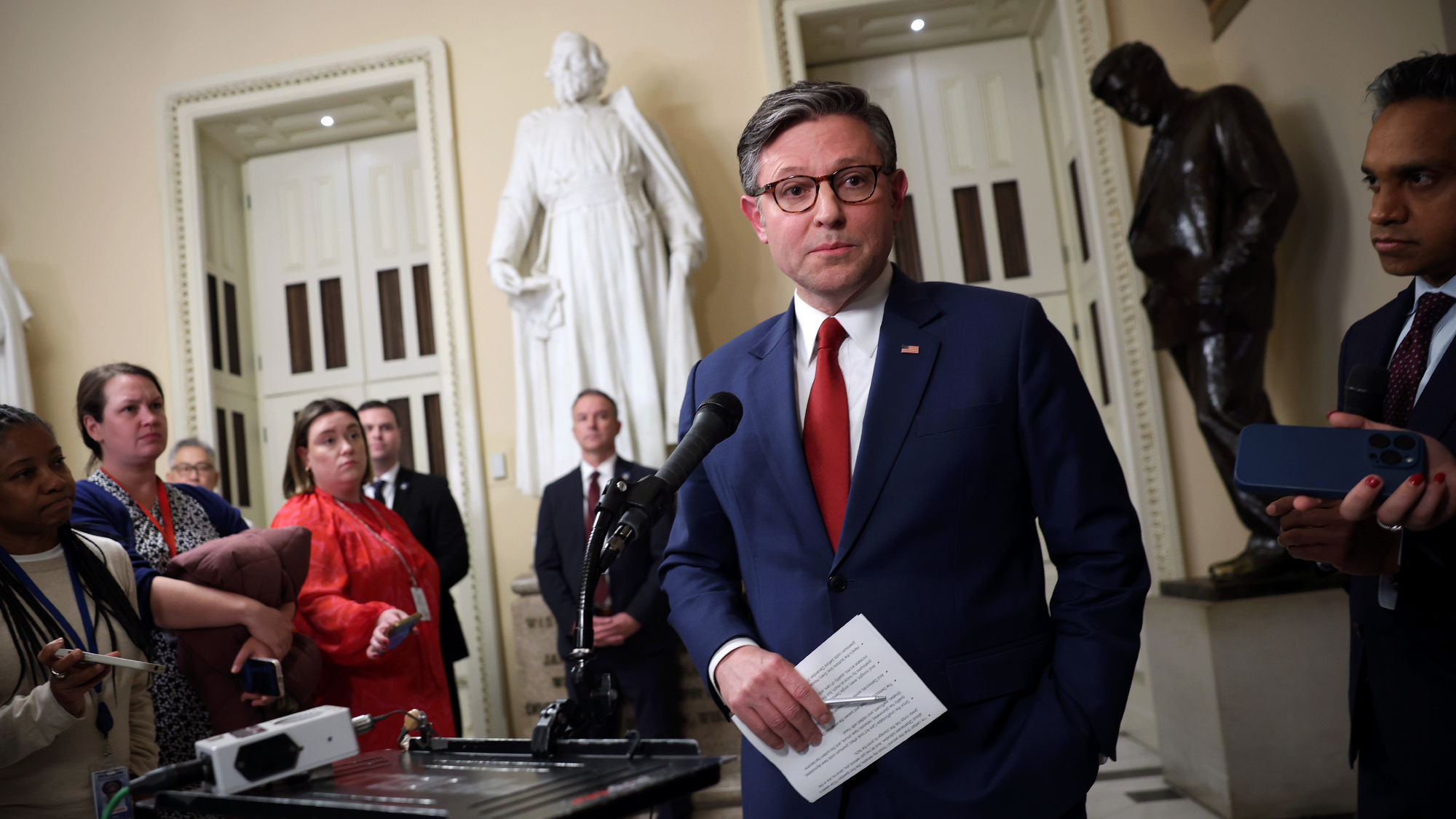 House GOP revolt forces vote on ACA subsidies
House GOP revolt forces vote on ACA subsidiesSpeed Read The new health care bill would lower some costs but not extend expiring Affordable Care Act subsidies
-
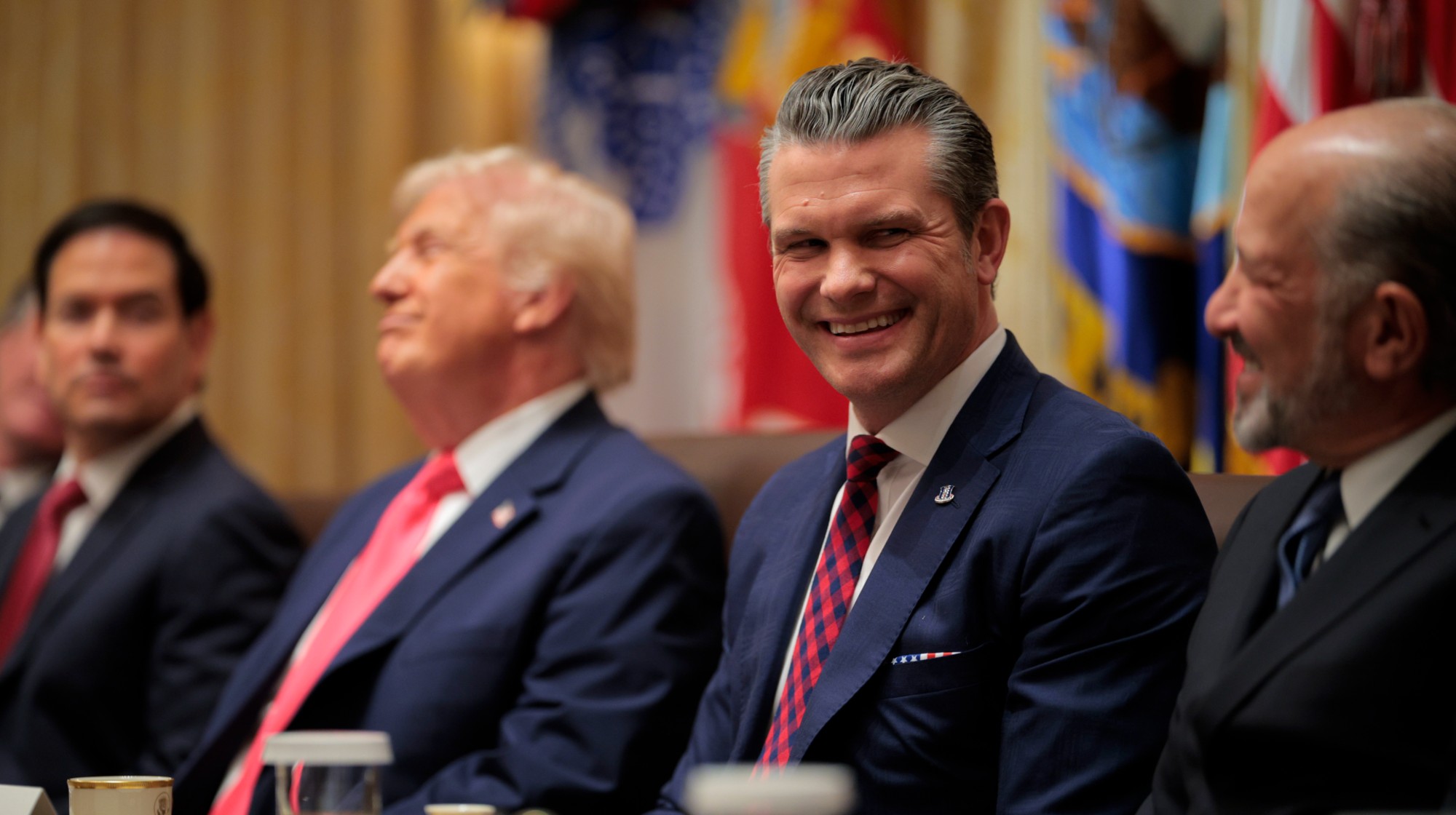 Hegseth rejects release of full boat strike footage
Hegseth rejects release of full boat strike footageSpeed Read There are calls to release video of the military killing two survivors of a Sept. 2 missile strike on an alleged drug trafficking boat
-
 Trump vows naval blockade of most Venezuelan oil
Trump vows naval blockade of most Venezuelan oilSpeed Read The announcement further escalates pressure on President Nicolás Maduro
